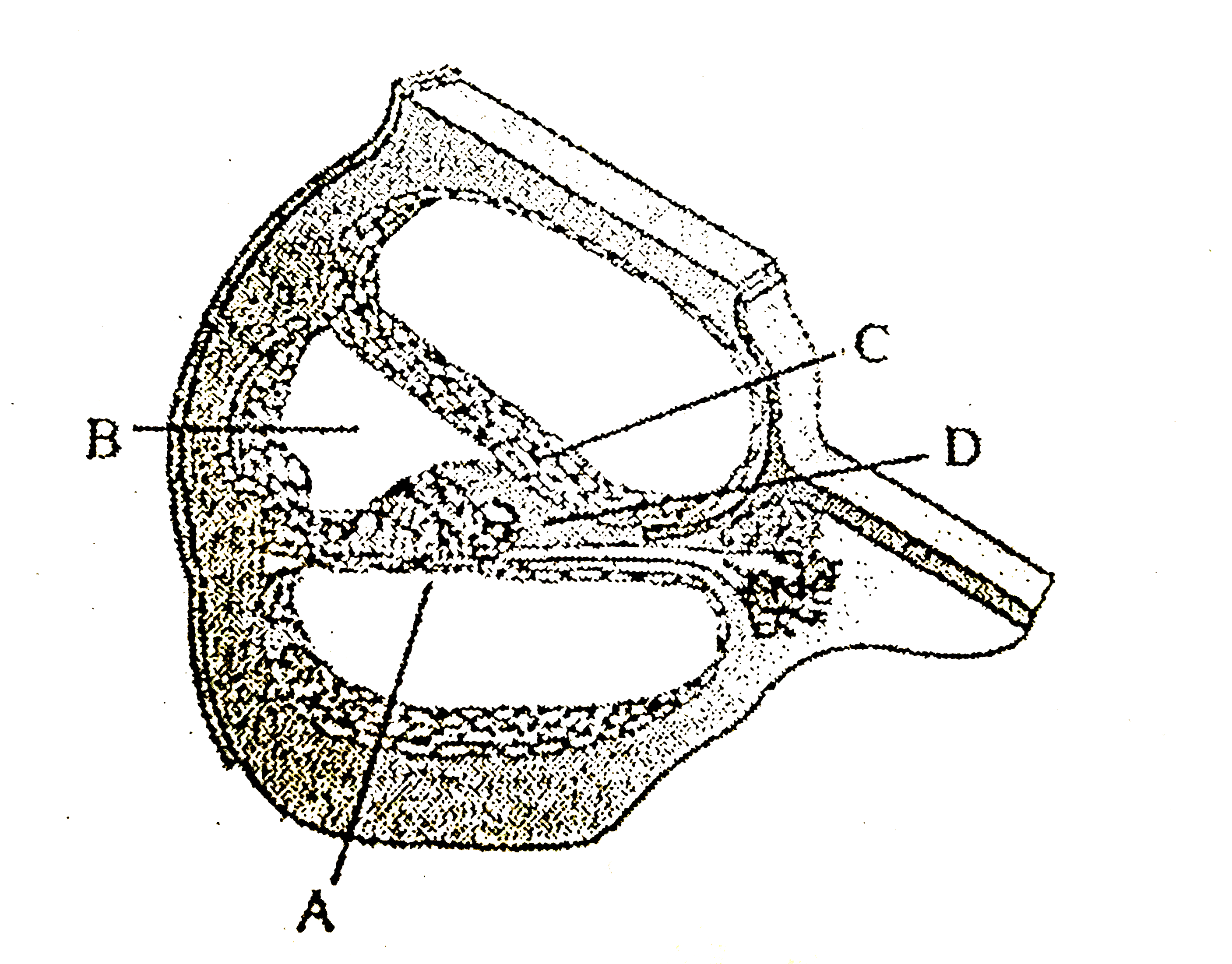Which of the following is correctly ordered :
−Oh>−NH2 (+M effect)
−SO3H>−NO2 (-M effect)
−F>−CN (-l effect)
−CN>−F (-l effect)
The correct Answer is:D
To determine which of the given options is correctly ordered based on the effects of substituents in organic chemistry, we need to analyze the mesomeric (plus M) and inductive (minus I) effects of the groups involved. Here’s a step-by-step breakdown of the reasoning:
Step 1: Analyze Option A (OH vs NH2)
- Concept: The plus M effect refers to the ability of a substituent to donate electron density through resonance.
- Analysis:
- Hydroxyl group (OH) and amino group (NH2) both have lone pairs that can participate in resonance.
- However, oxygen (in OH) is more electronegative than nitrogen (in NH2).
- Therefore, NH2 has a greater plus M effect than OH because it can donate its lone pair more effectively due to its lower electronegativity.
- Conclusion: Option A is incorrect.
Step 2: Analyze Option B (SO3H vs NO2)
- Concept: The minus M effect refers to the ability of a substituent to withdraw electron density through resonance.
- Analysis:
- Both SO3H and NO2 groups withdraw electrons.
- However, NO2 is more electronegative than SO3H.
- Thus, NO2 has a stronger minus M effect compared to SO3H.
- Conclusion: Option B is incorrect.
Step 3: Analyze Option C (F vs CN)
- Concept: The minus I effect refers to the inductive effect where a substituent pulls electron density through sigma bonds.
- Analysis:
- Fluorine (F) is highly electronegative and exerts a strong minus I effect.
- However, the carbon-nitrogen triple bond (C≡N) has a significant amount of s-character (due to sp hybridization), which increases the electronegativity of the carbon atom involved.
- Therefore, CN exerts a greater minus I effect than F.
- Conclusion: Option C is incorrect.
Step 4: Analyze Option D (CN vs F)
- Analysis:
- As established, CN has a higher electronegativity due to its sp hybridization, leading to a stronger minus I effect compared to F.
- Conclusion: Option D is correct.
Final Answer:
The correctly ordered option is D (CN > F).
- Concept: The plus M effect refers to the ability of a substituent to donate electron density through resonance.
- Analysis:
- Hydroxyl group (OH) and amino group (NH2) both have lone pairs that can participate in resonance.
- However, oxygen (in OH) is more electronegative than nitrogen (in NH2).
- Therefore, NH2 has a greater plus M effect than OH because it can donate its lone pair more effectively due to its lower electronegativity.
- Conclusion: Option A is incorrect.
- Concept: The minus M effect refers to the ability of a substituent to withdraw electron density through resonance.
- Analysis:
- Both SO3H and NO2 groups withdraw electrons.
- However, NO2 is more electronegative than SO3H.
- Thus, NO2 has a stronger minus M effect compared to SO3H.
- Conclusion: Option B is incorrect.
- Concept: The minus I effect refers to the inductive effect where a substituent pulls electron density through sigma bonds.
- Analysis:
- Fluorine (F) is highly electronegative and exerts a strong minus I effect.
- However, the carbon-nitrogen triple bond (C≡N) has a significant amount of s-character (due to sp hybridization), which increases the electronegativity of the carbon atom involved.
- Therefore, CN exerts a greater minus I effect than F.
- Conclusion: Option C is incorrect.
- Analysis:
- As established, CN has a higher electronegativity due to its sp hybridization, leading to a stronger minus I effect compared to F.
- Conclusion: Option D is correct.
The correctly ordered option is D (CN > F).
Topper's Solved these Questions
- GENERAL ORGANIC CHEMISTRY-IBOOK - RESONANCE ENGLISHCHAPTER - GENERAL ORGANIC CHEMISTRY-IEXERCISE - PART-III : PRACTICE TEST-3
1 Videos
- GENERAL ORGANIC CHEMISTRY-IBOOK - RESONANCE ENGLISHCHAPTER - GENERAL ORGANIC CHEMISTRY-IEXERCISE - PART-III : PRACTICE TEST-4
1 Videos
- GENERAL ORGANIC CHEMISTRY-IBOOK - RESONANCE ENGLISHCHAPTER - GENERAL ORGANIC CHEMISTRY-IEXERCISE - PART-2(NSEC)
24 Videos
- GENERAL ORGANIC CHEMISTRY IIBOOK - RESONANCE ENGLISHCHAPTER - GENERAL ORGANIC CHEMISTRY IIEXERCISE - Part-III: Section-5: Matching List Type
1 Videos
- HYDROGEN AND ITS COMPOUNDSBOOK - RESONANCE ENGLISHCHAPTER - HYDROGEN AND ITS COMPOUNDSEXERCISE - INORGANIC CHEMISTRY(Hydrogen & its compunds Y environment chemistry)
33 Videos
Similar Questions
Which of the following is correctly paired?
View SolutionWhich of the following is correctly matched :
View SolutionWhich of the following is correctly matched :
View SolutionWhich of the following is correctly named?
View SolutionWhich of the following is correctly named ?

View SolutionWhich of the following is correctly matched
View SolutionWhich of the following is correctly matched
View Solution
According to the information in the table, which of the following correctly orders the population of the metro areas from greatest to least?
View Solution
Which of the following is correctly labelled?
View SolutionWhich of the following is correctly matched ?
View Solution
